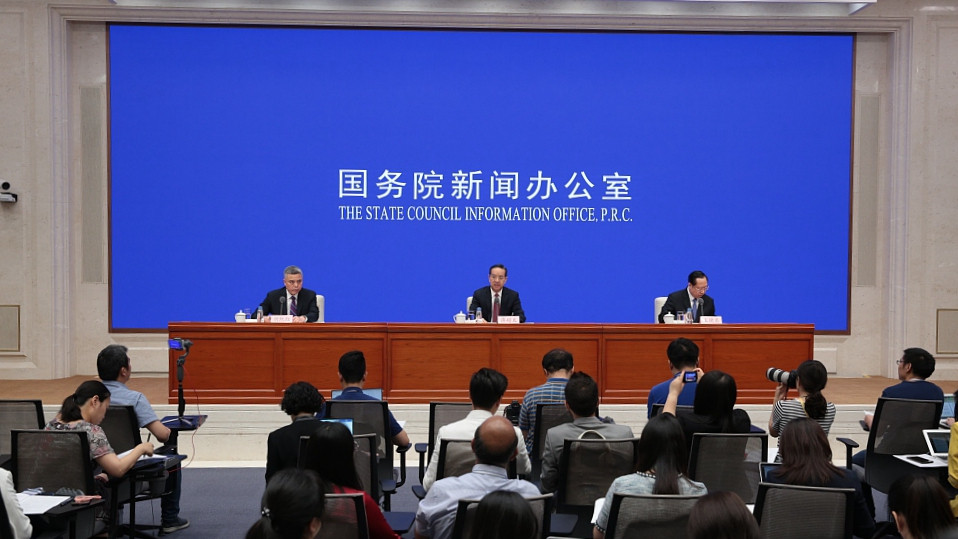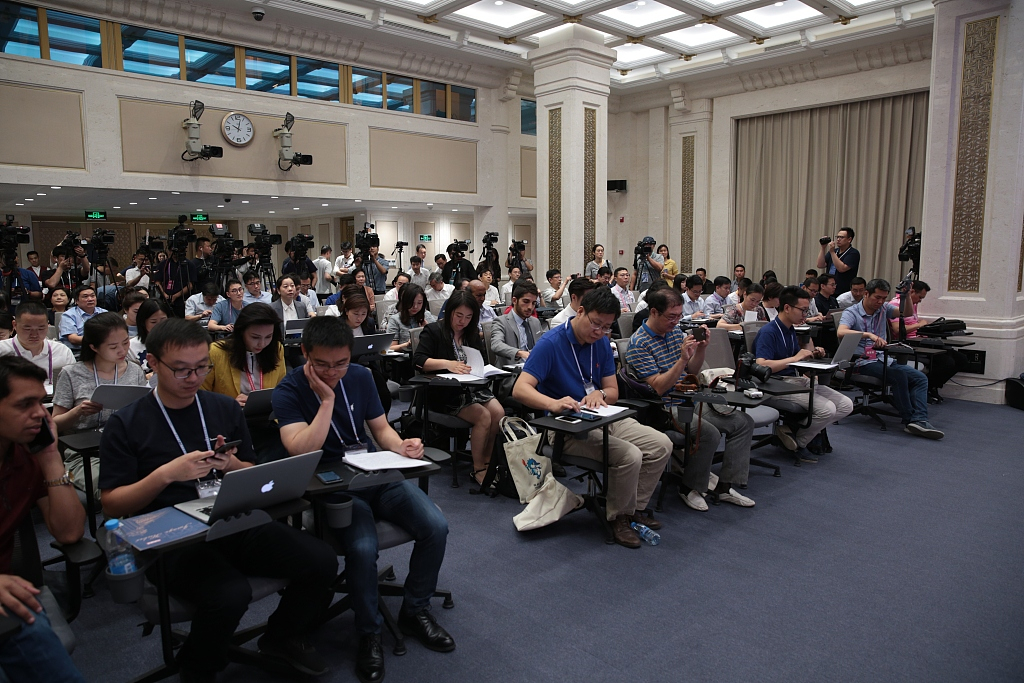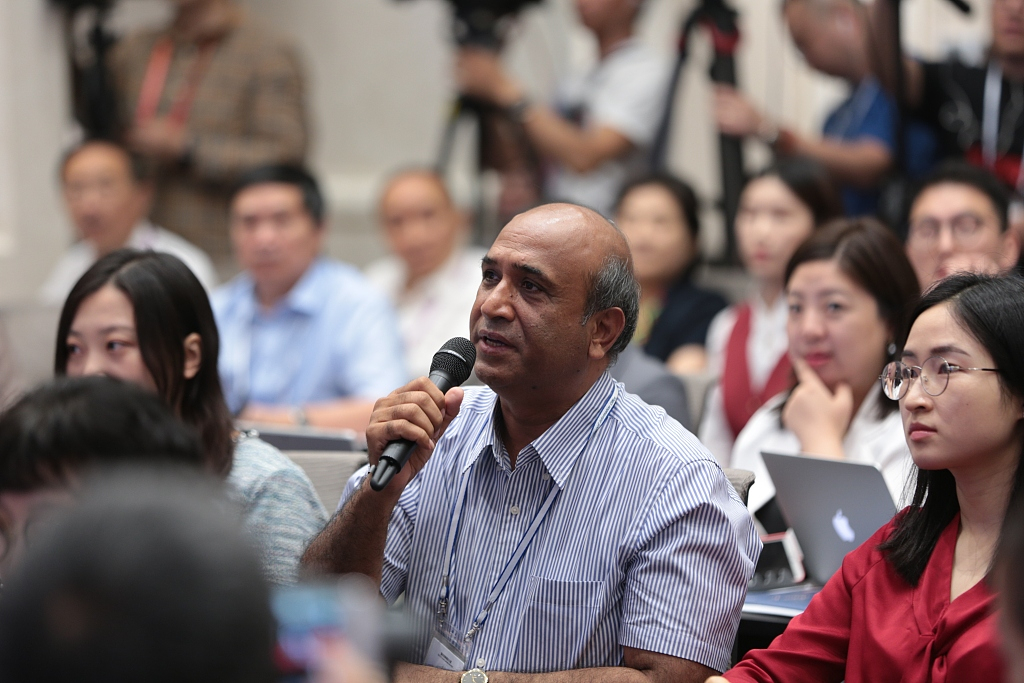

What comes to mind talking about Hubei Province of China?
The major national corporations such as Wuhan Iron and Steel Corporation or the Wuhan Heavy Duty Machine Tool Corporation? Or the Three Gorges Project, the Gezhouba Project, the Mid-route of South-to-North Water Diversion Project?
As the only province with 1,000-plus kilometers of the Yangtze River, Hubei is home to the Three Gorges Project that constitutes the major water source for the Middle Route of the South-to-North Water Diversion Project. It has been known as "a province of a thousand lakes" and "a land of fish and rice."
Wuhan is the capital of Hubei Province. Its East Lake High-tech Development Zone has been rated as the Optics Valley of China. Wuhan's optical fiber and cable production and R&D accounted for 25 percent of the global share.
Hubei is also deeply engaged in the Belt and Road Initiative.
On Wednesday, prior to the 70th anniversary of the founding of New China, Hubei provincial government held a press conference which comprehensively introduced the construction of the Yangtze River Economic Belt and the progress of Hubei in the past seven decades.
Jiang Chaoliang, secretary of the Hubei Provincial Committee of the CPC and chairman of the Standing Committee of the People's Congress of Hubei Province, and Wang Xiaodong, vice secretary of the Hubei Provincial Committee of the CPC and governor of Hubei, attended the conference.

A view of the press conference, June 19, 2019. /VCG Photo.
They both answered the questions concerning economic development, people's well-being, protection of the Yangtze River, technological development, foreign trade, infrastructure improvement, ecological development and cultural development.
Here are some of the key figures they touched on.
From the economic side in 2018, the regional GDP reached 3.94 trillion yuan, 215 times more than the 2.45 billion yuan in 1952 and 53 times more than the 15.1 billion yuan in 1978. The province's regional GDP has ranked 7th nationally since 2016.
For the ecological protection, the quality of water in the Yangtze River across Hubei has remained stable and improved significantly. Eighty-six percent of the water samples were rated as good quality in national water tests. A total of 115 chemical plants within one kilometer of the Yangtze have been shut down, overhauled, relocated or shifted to other modes of production, thus effectively improving the water quality of the Yangtze River once plagued with chemical plants. Preliminary outcomes have been achieved in the eco-restoration of the river.
The regional innovation capacity has been improved steadily as well. In 2018, patent applications and patent grants numbered 129,820 and 64,106 respectively, which are five times and 6.7 times more than those of 2008.

Asking questions, June 19, 2019. /VCG Photo
In terms of scientific development, there are 12 national high-tech zones, which ranks fourth nationwide and first in central China.
Reform on democracy and the rule of law has been much accelerated. Hubei was among the first provinces to unveil regulations on performance-based budget management. Institutional reforms at the provincial level have wrapped up while those at city and county levels have seen dramatic changes. Reforms of the judicial system have been implemented across the board after trials in specific areas, as well as reforms in public security.
Foreign trade in 2018 totals 52.8 billion U.S. dollars for import and export volume, 643 times that of the year 1953 at 82 million U.S. dollars, and 304 times that of the year 1978 at 173 million U.S. dollars. A total of 283 of the Fortune 500 enterprises have set up offices in the province, also ranking first in the central region.
By the end of last year, enterprises from Hubei Province had established more than 700 businesses and institutions overseas. The volume of overseas contracted engineering projects held steady among the top provinces in the country, with newly-signed contracts and completed turnover rising from 7.27 billion U.S. dollars and 4.56 billion U.S. dollars in 2012 to 14.88 billion U.S. dollars and 6.44 billion U.S. dollars in 2018 respectively.

Copyright © 2018 CGTN. Beijing ICP prepared NO.16065310-3
Copyright © 2018 CGTN. Beijing ICP prepared NO.16065310-3